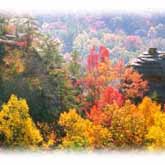Rebekah Shaffer
Rebekah Shaffer is currently a Junior at Slippery Rock University, PA. She is pursuing her B.S. in Biology, minor in Chemistry. She currently works as a microbiology lab assistant at Slippery Rock University and is a member of Beta Beta Beta Biology Honorary Society. She plans to obtain her Ph.D. in Molecular/Cellular Biology after completing her undergraduate degree.

Science Facts Written by Rebekah Shaffer
A Humongous Fungus Among Us
Did you ever wonder what the world's largest organism is? If we had to guess, maybe we'd pick an elephant, a giant sequoia or a whale. Well, those choices would be wrong; this organism is actually a ... Continue reading
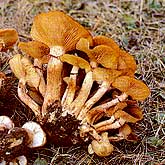
What's In Your Water?
The United States has strict policies on water treatment systems and sewage drainage, but what about other countries? 'Don't drink the water' is the first thing most people hear when they tell their ... Continue reading
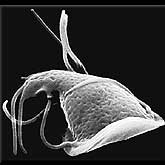
How Does Salmonella Get Inside Chicken Eggs?
Salmonella enteritidis is a bacterium that causes flu-like symptoms in humans. It usually enters the human body through undercooked food that we eat, such as chicken eggs. Symptoms develop 12-24 hours ... Continue reading

What are Bacillariophyta?
Bacillariophyta are diatoms. All diatoms are single-celled organisms. They are microscopic, glassy organisms that photosynthesize for food, like plants. Diatoms live in the sediments of freshwater, ... Continue reading
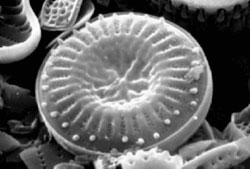
What’s So Different About Ferns?
Most plants reproduce by producing a flower, then seeds. Anthers, considered the male reproductive structure, hold the pollen. The ovum, the female reproductive structure inside the flower, is ... Continue reading
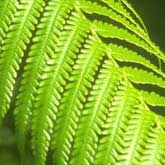
Is Catnip a Drug for Cats?
Most people think of catnip as having drug-like effects on their cats. Some cats lick it, eat it or just sniff it and owners can see a definite behavior change. Catnip is actually a plant from the ... Continue reading

How Do Bacteria Reproduce?
Bacteria are microorganisms that have been around for billions of years. How have they survived all that time? Microorganisms are experts at reproducing, not only can they produce new bacteria fast, ... Continue reading
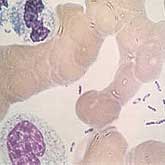
What Makes Those Jumping Beans Jump?
Mexican jumping beans intrigue us because we don't understand how this inanimate object could actually jump, even though we see it with our own eyes. It is the question everyone wonders when they see ... Continue reading
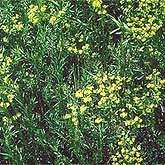
How Do Cacti Survive in That Environment?
Most plants require daily or weekly watering. Some people even give their plants extra nutrients with such products as 'Miracle Grow'. House plants may even come with directions as to how much ... Continue reading

Where Do Frogs Go In The Winter?
Mammals are endotherms, meaning they maintain a constant body temperature no matter what the environmental conditions are. For example, humans, dogs and cats are mammals. When the weather gets cold, ... Continue reading

Are Mushrooms Plants?
Mushrooms are classified under the Kingdom Fungi, whereas plants are in the Kingdom Plantae. So, how are mushrooms so different from plants? They both grow in the soil and are not animals, but that is ... Continue reading
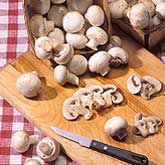
What is Garlic Mustard?
If someone told you that they were going to look for garlic mustard, you would probably think they were making dinner. Garlic Mustard, or Alliaria petiolata, is actually a plant native to Europe. It ... Continue reading
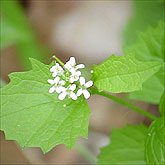
Microorganisms: Are they really that bad?
We buy antibacterial hand soaps and cleaners to get rid of microorganisms that we don't want around us or our homes, but can some of them actually be helpful? You may think that they only cause harm, ... Continue reading

Beware -- Red Tide!
Red tides occur in oceans. They are not caused by herbicides or pollutants, but by a microscopic alga. Karenia brevis, when in higher than normal concentrations, causes a red tide. This bacterium ... Continue reading
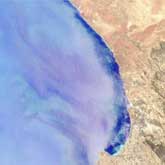
Why Do Leaves Change Color In The Fall?
Every fall the leaves of many trees turn magnificent colors. One of the great benefits of the season is looking at the fall foliage, with its bright reds, oranges and purples, before the leaves fall ... Continue reading
